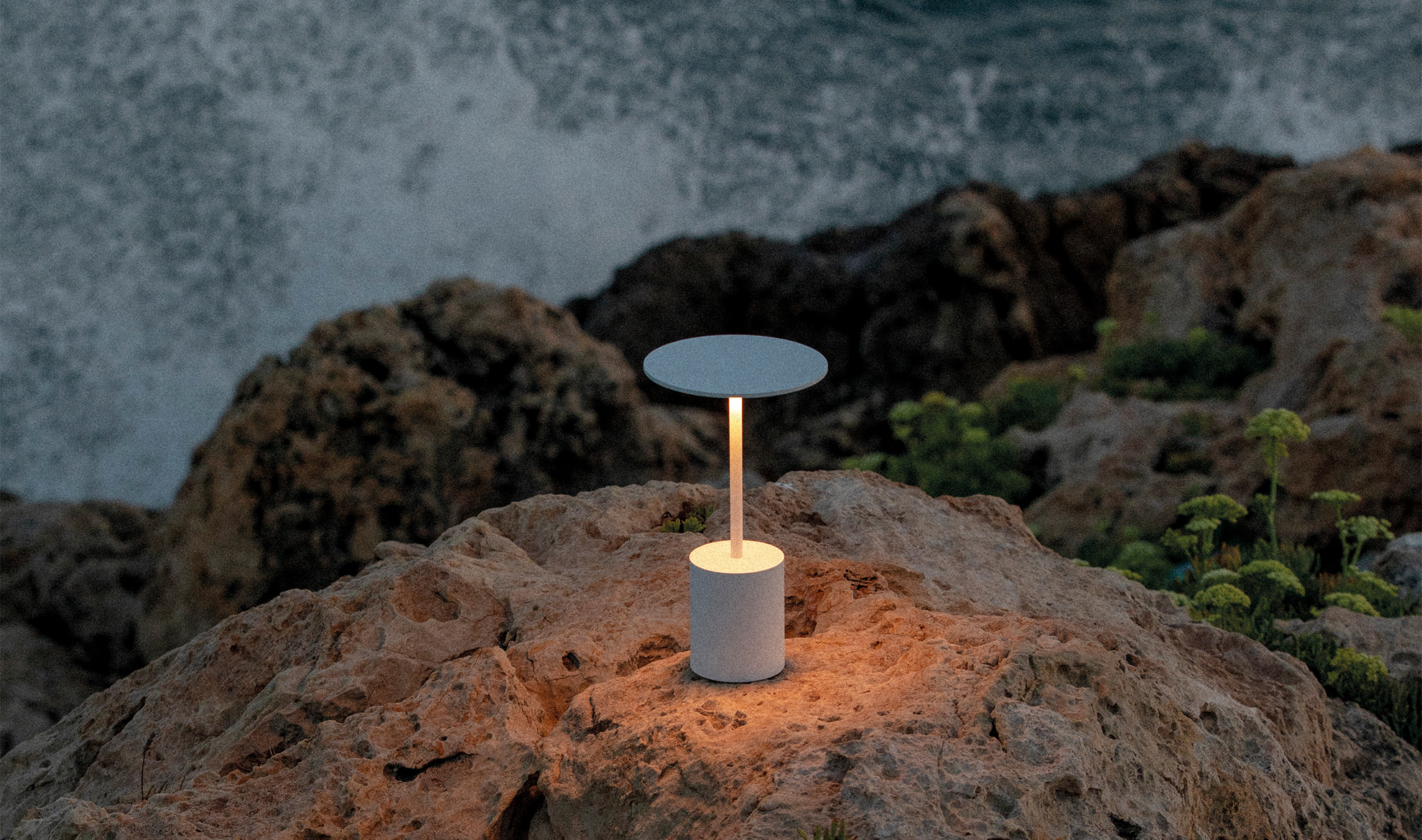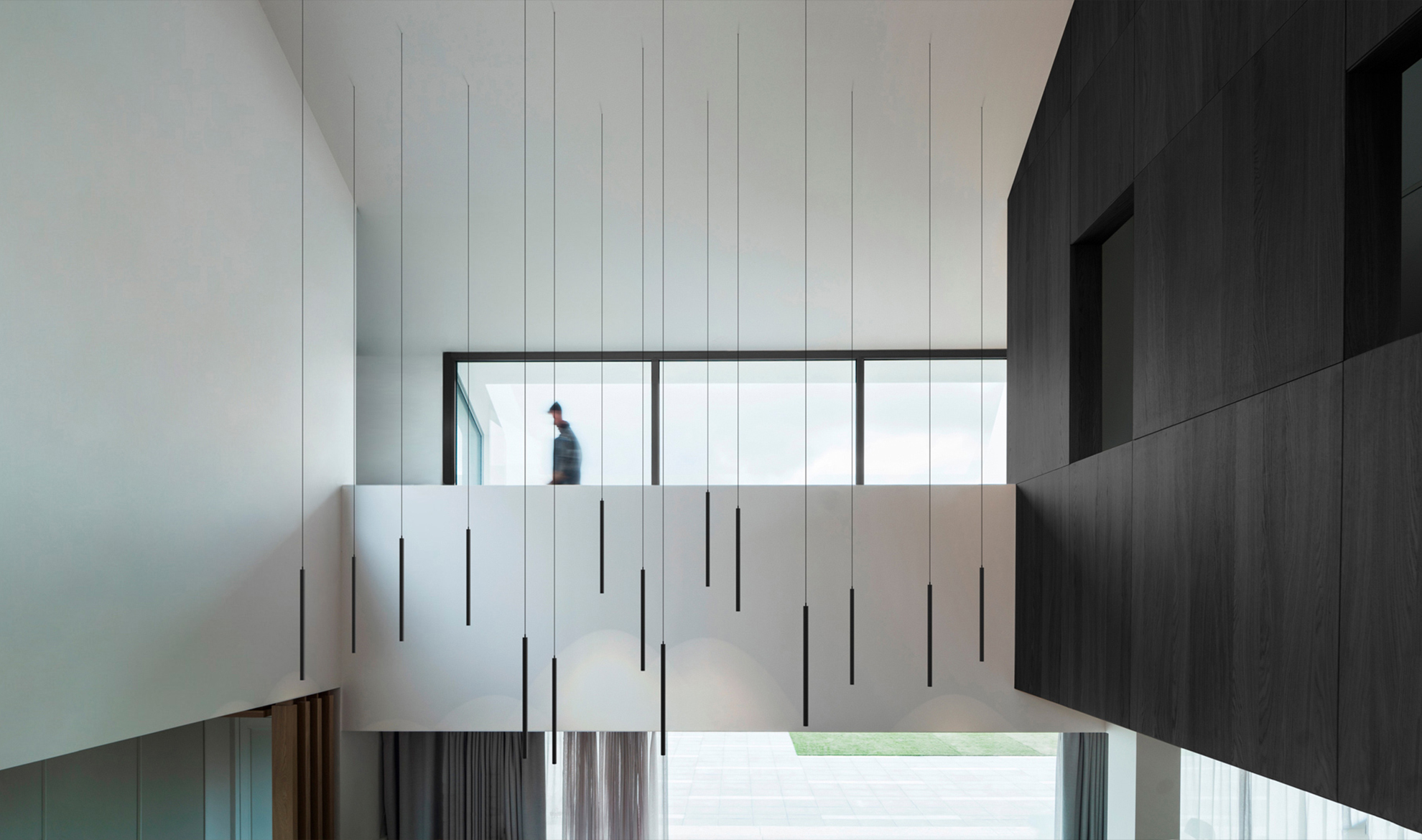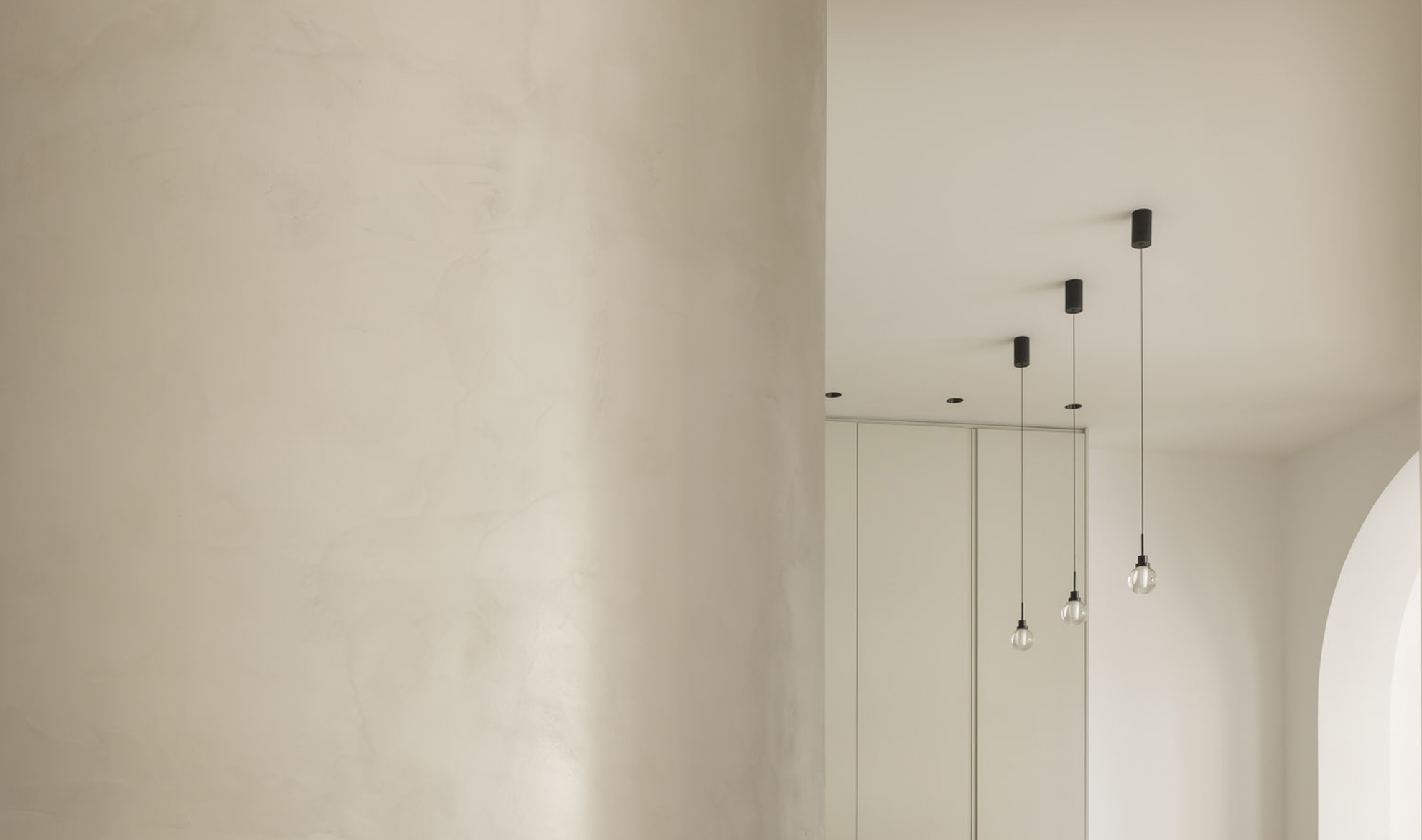World Interior Design Day, light up with awareness
31.05.2025
- Light & Learn
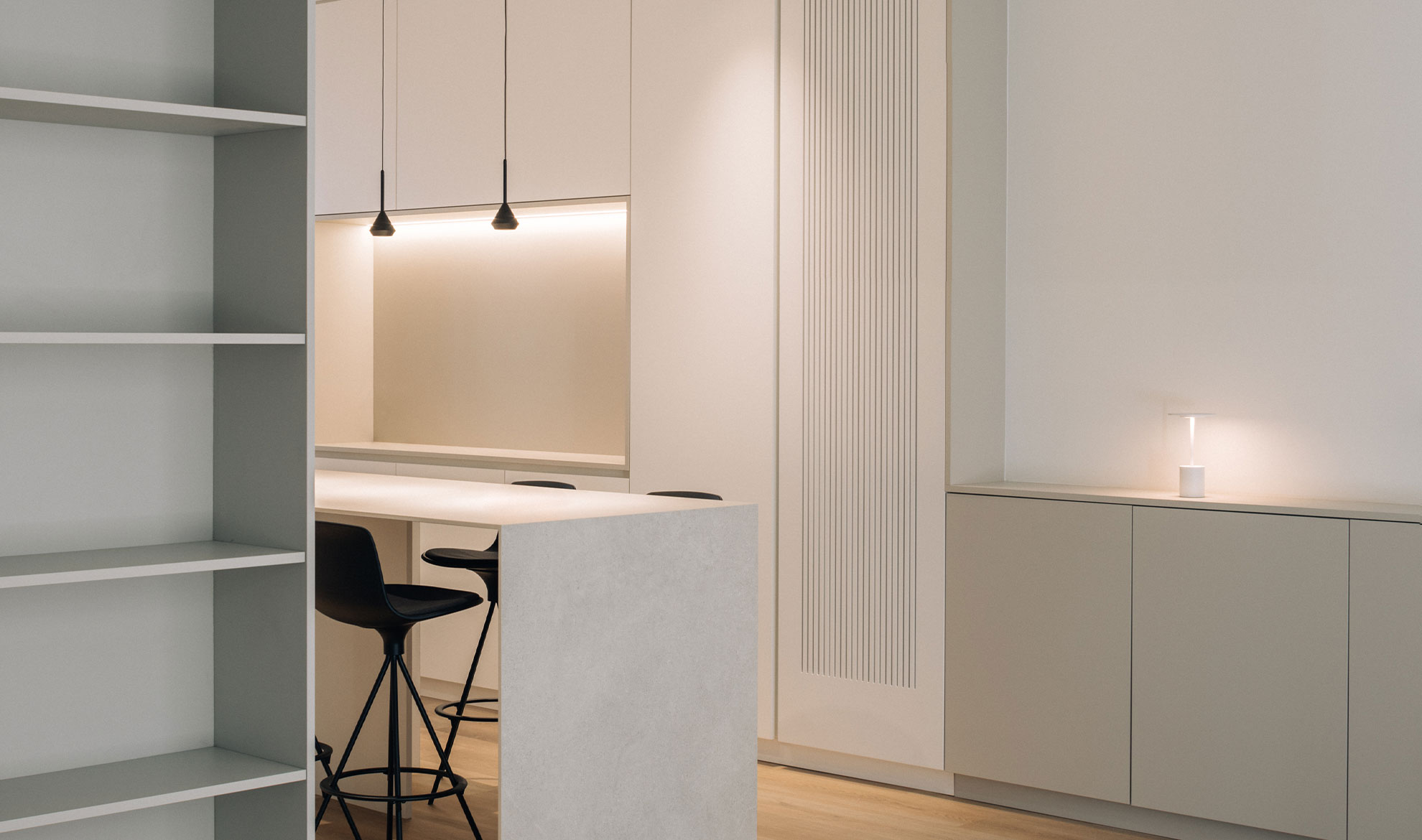
How to Illuminate an Interior Space Using Lighting Layers?
Lighting a space is not merely an aesthetic decision. A well-considered lighting design takes into account factors such as how we feel, how we move, and our lifestyle. To achieve a functional and comfortable interior, it is recommended to illuminate through different lighting layers.
Lighting layers are distinct levels or functions of light combined within a space to ensure it is suitable and enhances comfort.
«Lighting not only reveals space, it gives soul to interior design...»
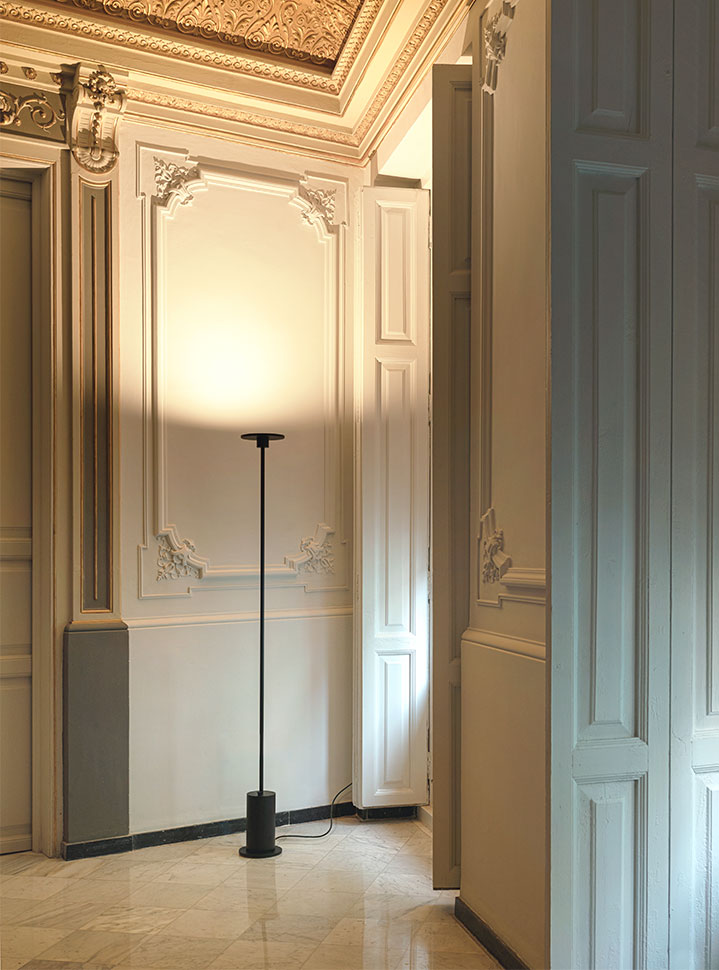
Ambient Lighting
Its purpose is to highlight the architecture of the space, emphasising angles and junctions with diffused, comforting, and gradual light.
-
-
- Achieved with wall sconces, floor lamps, and reflected light.
- Should avoid dark spots.
- In residential spaces, warm colour temperatures (2700K – 3000K) are suggested for certain areas.
-
Task Lighting
Illuminates the surface where a specific task is performed (reading, cooking, applying makeup, working), focusing the observer’s attention and ensuring a shadow-free and glare-free light distribution.
-
-
- Achieved with desk lamps, recessed lights, pendant fixtures.
- Adds functionality to the space.
- Should not cause glare or shadows on the work surface.
-
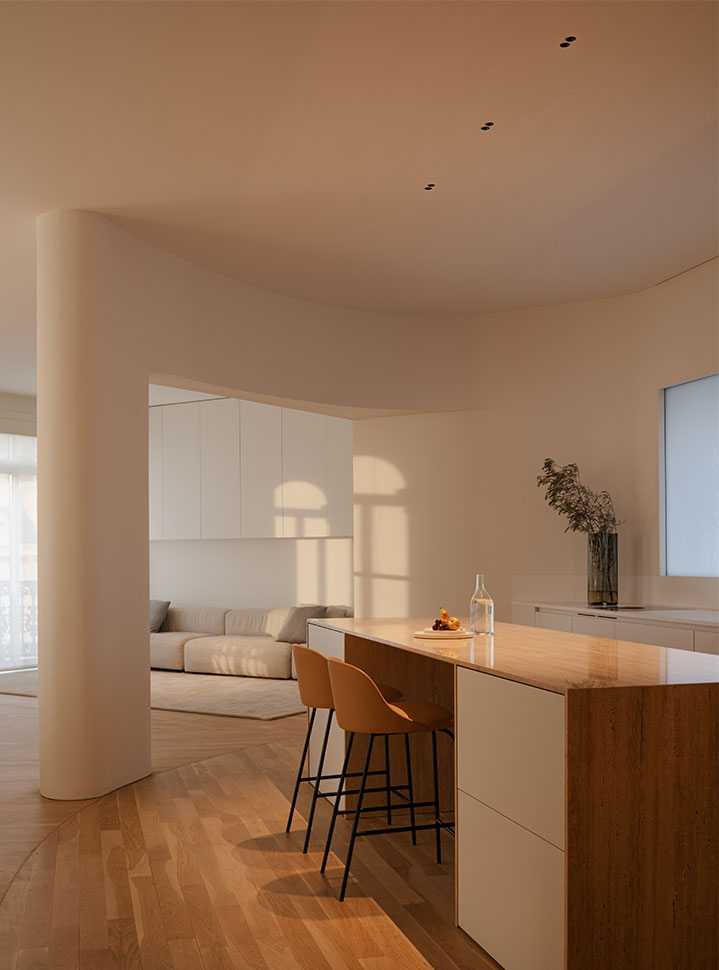

Accent Lighting
Adds character and emotional atmosphere to the space. While not essential functionally, it is fundamental for accentuating theatricality and offering evocative scenography.
-
-
- Achieved with floor lamps, spotlights, recessed lights with dimmers, etc.
- Creates contrasts, enhances textures or sculptural elements.
- Dimmers enhance its application.
-
If you would like to learn more about the technical explanation of each level and discover more suitable luminaires for each one, we recommend reading our article on three-level lighting.


